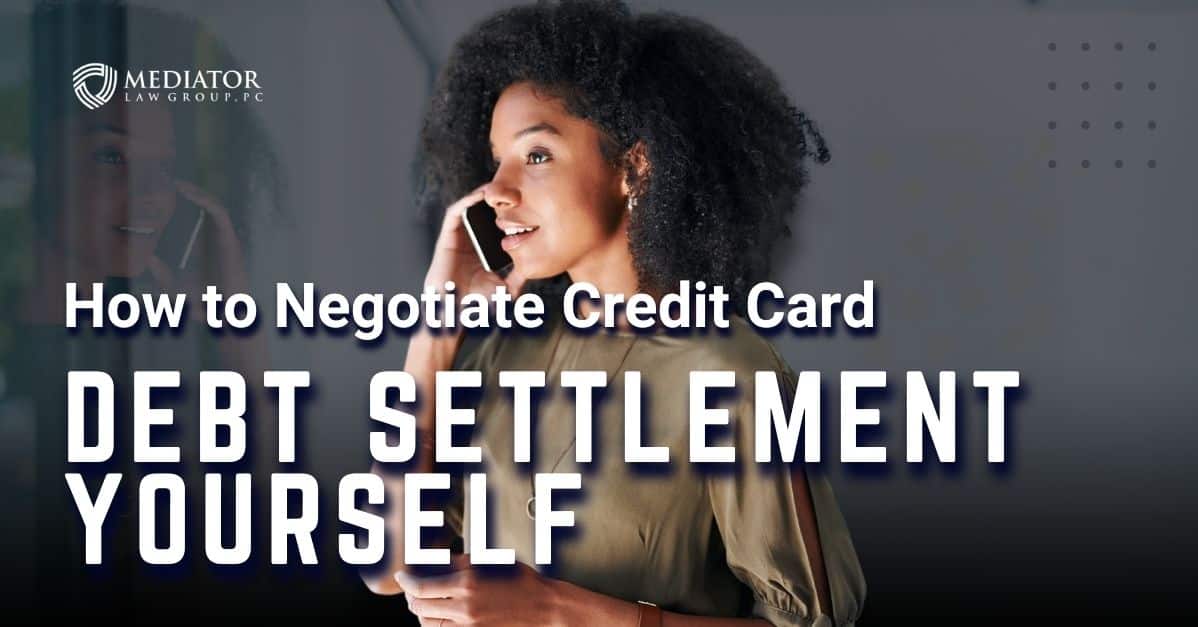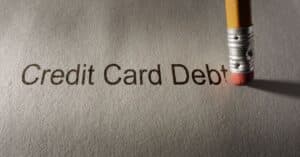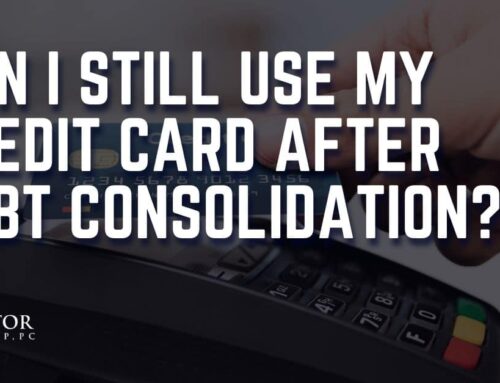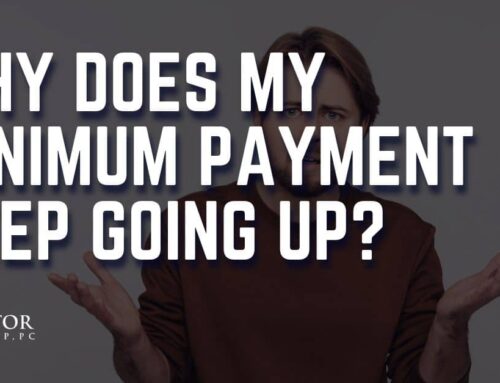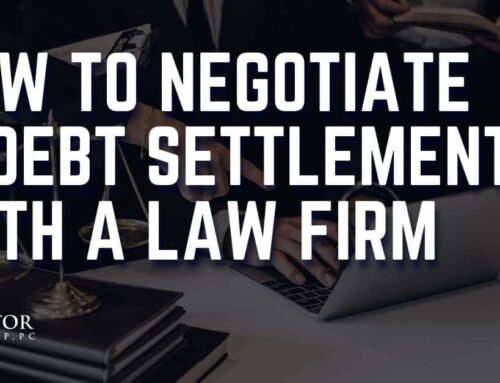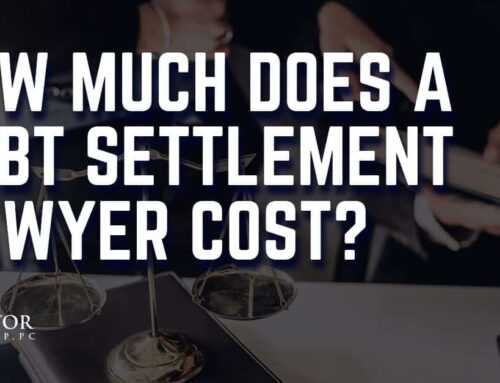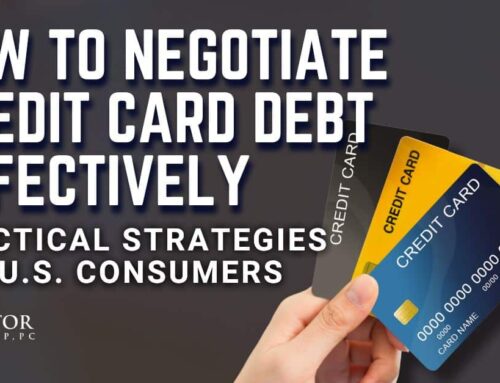If your credit card payments are as high as your rent or mortgage, or if steep interest rates are hindering your debt reduction efforts, it might be a good idea to negotiate with your credit card company.
But what can you do when your debt becomes overwhelming? One solution might be to attempt negotiating with your credit card company. But do you know how to negotiate credit card debt settlement yourself? We’ll discuss this in the upcoming blog.
What is Credit Card Debt?
Credit card debt is usually unsecured, meaning credit card companies can’t seize your assets if you fail to pay. Because of this, many credit card companies are open to negotiating settlements to recover at least part of the owed amount.
Credit card companies are primarily focused on collecting what they’re owed. If they believe you’re a good risk and likely to repay the debt eventually, they may be willing to make concessions.
If you’re overwhelmed by credit card debt, a phone call (or several) to your credit card company might help you find a workable solution. Not sure where to begin? Here’s a simple guide on how to negotiate credit card debt settlement yourself.
What is Credit Card Debt Settlement?
Debt settlement involves negotiating with your creditors to pay off a portion of what you owe. Typically, this is a lump-sum payment in exchange for forgiveness of the remaining balance.
Also known as debt relief or debt adjustment, debt settlement can save you money by allowing you to resolve your debts for less than the full amount owed. This approach can provide relief for individuals struggling to keep up with high-interest payments or facing financial hardship. It can also prevent you from going deeper into debt by continually accruing interest or penalties for defaulting.
How To Negotiate Credit Card Debt Settlement Yourself
Learning how to negotiate credit card debt settlement yourself can be challenging, as they may be hesitant to change terms unless they fear you might file for bankruptcy. Whether you decide to negotiate on your own or hire a professional, being well-prepared is crucial. Here are the steps to follow:
- Confirm Your Balance: Before starting negotiations, check your account balance online or call your card issuer to find out your current balance and interest rate.
- Review Your Options: Determine if a lump-sum settlement, workout agreement, or hardship agreement suits your situation best.
- Contact Your Card Issuer: If you choose to negotiate on your own, call your credit card company and ask to speak with the debt settlement, loss mitigation, or hardship department. General customer service reps won’t have the authority to approve your request. Once connected to the right person, explain your situation and make your offer politely but firmly.
- Outline Your Terms: Inform the card issuer if you’re considering bankruptcy or hiring a professional, emphasizing your preference to resolve the matter directly. Be prepared for the possibility of your credit limit being frozen or your account being closed.
- Take Notes and Follow Up: Keep detailed notes of your conversations and consider recording the calls if allowed by your state’s laws. Don’t hesitate to ask for a supervisor or call back multiple times if you’re not satisfied with the terms offered.
- Get the Agreement in Writing: If an agreement is reached, request documentation to confirm the deal. Ensure you have it in writing before considering it finalized.

